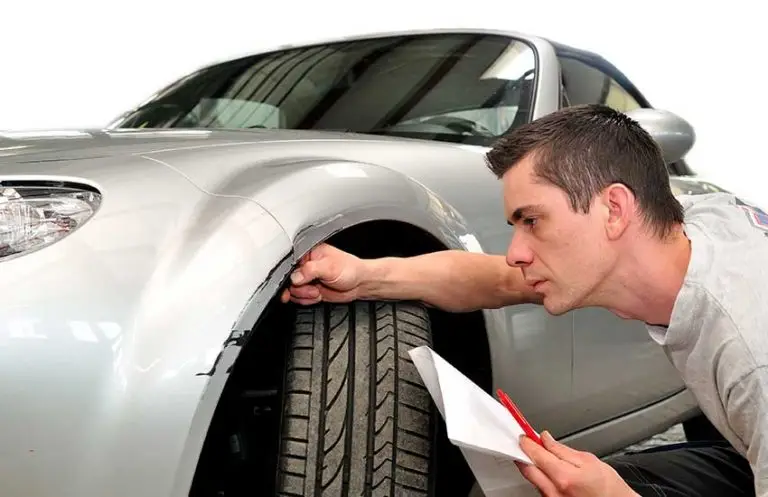
With the everyday wear and tear placed on vehicles these days, it should come as no surprise that cracked bumpers are a normal occurrence. That is not to say that it’s something desired by vehicle owners. In fact, it is one of those necessary evils of vehicle ownership.
In 1925 front and back bumpers on cars were considered standard equipment. Those first bumpers were installed in a fairly simple manner. Basic attachment placed the bumpers onto the cars via pre existing metal beams. Modern technology has dramatically changed the look and assembly of car bumpers today.
Originally, the bumper served a purpose of protecting the vehicle from impact. Today, that function has been altered to include protection for the driver as well. In addition the new plastic bumpers on the market now are aesthetically pleasing to designers and drivers as well.
Plastic car bumpers are created from thermoplastic olefins (TPO’s), polycarbonates, polyesters, polypropylene, polyurethanes, polyamides or a blend of each of these materials. Added to the mixture are glass fibers. This mixture gives the bumpers strength and structural rigidness.
Through this creation mixture, designers are afforded the luxury of having an open canvas to work with in terms of plastic bumper design. Plastic maintains a high level of flexibility to it allowing for shaping and structural templates. These bumpers can easily be assembled for a new vehicle or efficiently make improvements to an existing vehicle.
Outside of the aesthetic appeal of plastic bumpers, there is a certain safety element factored into the design. Plastic allows for an impact-resistant setting through the various reinforcements placed into the design. Like their metal counterparts, plastic bumpers expand and contract within a short time frame as the vehicle moves down the road. No additional materials are needed to hold a plastic bumper into place once it is adhered to the vehicle.
A growing trend in plastic car bumpers is for a majority of the material to be recyclable. By doing so, manufacturers can utilize left over pieces from a series of bumpers for the creation of an entirely new plastic bumper. This is a cost effective production aspect of bumper development.
Going one step further, plastics found in salvage yards and landfills can be broken down by scraping off paint and reworked into the production of a new plastic bumper. These 100% recycled bumpers function with the same safety and production of brand new plastic bumpers.
Given that plastic is easily worked with, cracked plastic car bumper repair is a relatively inexpensive process. Many auto body shops can repair the cracked bumper without having to remove it from the car body. Cars are sprayed with an epoxy material mainly in the section of the bumper that contains the crack. The crack is then repaired and the section is painted to match the color of the rest of the car. Average cracked plastic car bumper repairs can be done in a short period of two to three hours. Costs for the repair depend on the severity of the crack in the bumper.
It Simple get your free estimate now and get that damage fixed fast! Usually all we need is 1-2 photo’s of any dent and we can give an estimate.
Another Web Design by Spider Web Consulting